Chiang Mai is often called the cultural and spiritual capital of Northern Thailand, and with good reason. The city is home to over 300 temples, each with its own distinct character, yet all connected by the threads of history, artistry, and devotion. Wander through the old city and you will hardly walk a block without encountering a temple—their gilded rooftops and golden stupas rising above the skyline like beacons of faith.
The sheer number of temples is striking, but what makes them truly unforgettable is how seamlessly they are woven into the daily rhythm of Chiang Mai. They are not only architectural wonders, but also living, breathing spaces where people come to pray, meditate, celebrate, and simply pause.
To learn about Chiang Mai's temples from a local guide, we recommend this walking tour, which takes you to five temples.
The ornateness of Lanna architecture
The temples of Chiang Mai are deeply tied to Lanna architecture, a Northern Thai style that combines intricacy with grandeur. Step through a temple gate and you are greeted by an explosion of detail: naga serpents undulating up staircases, golden stupas gleaming in the sunlight, and red lacquer doors adorned with delicate patterns of gold leaf.
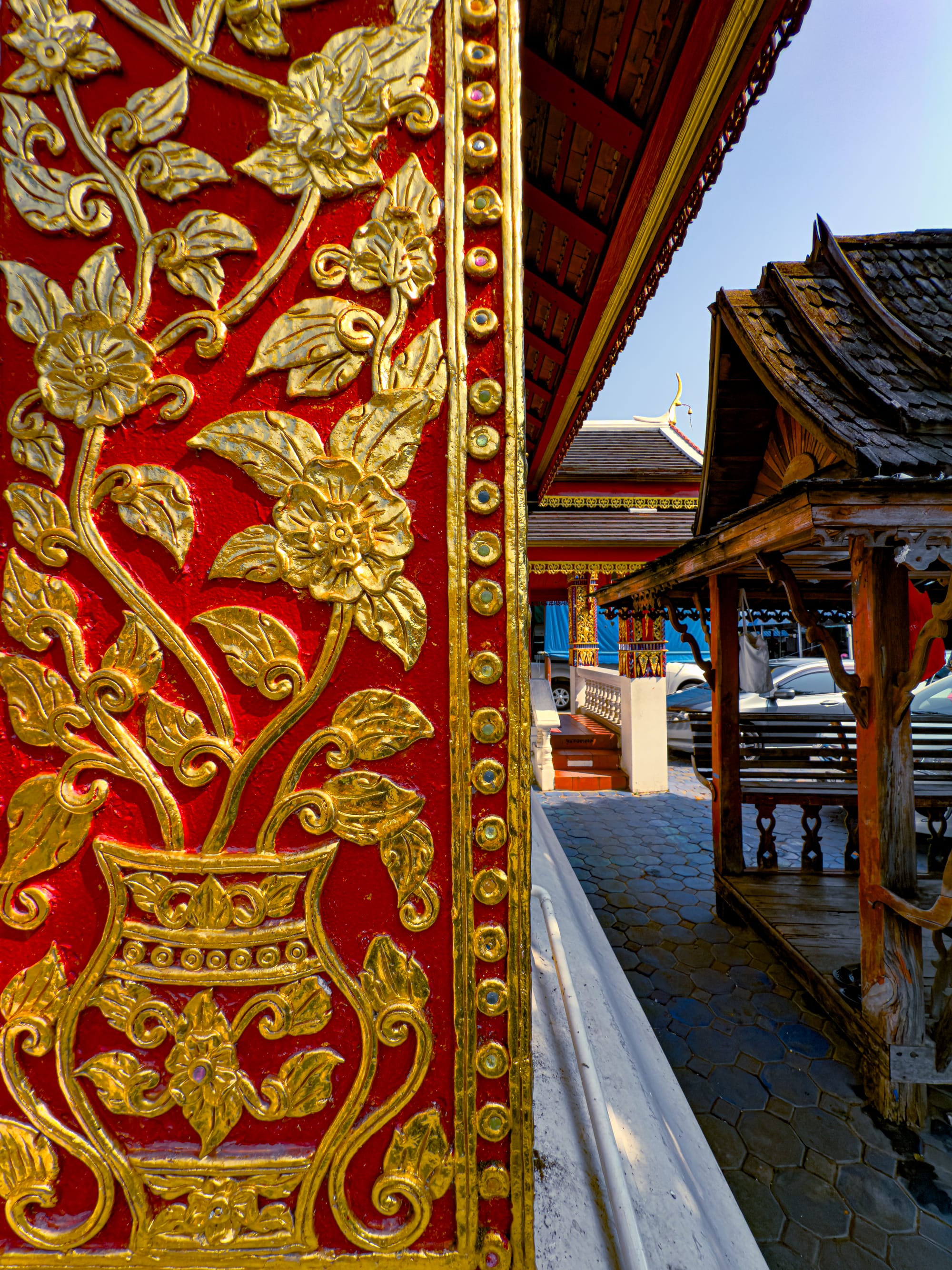
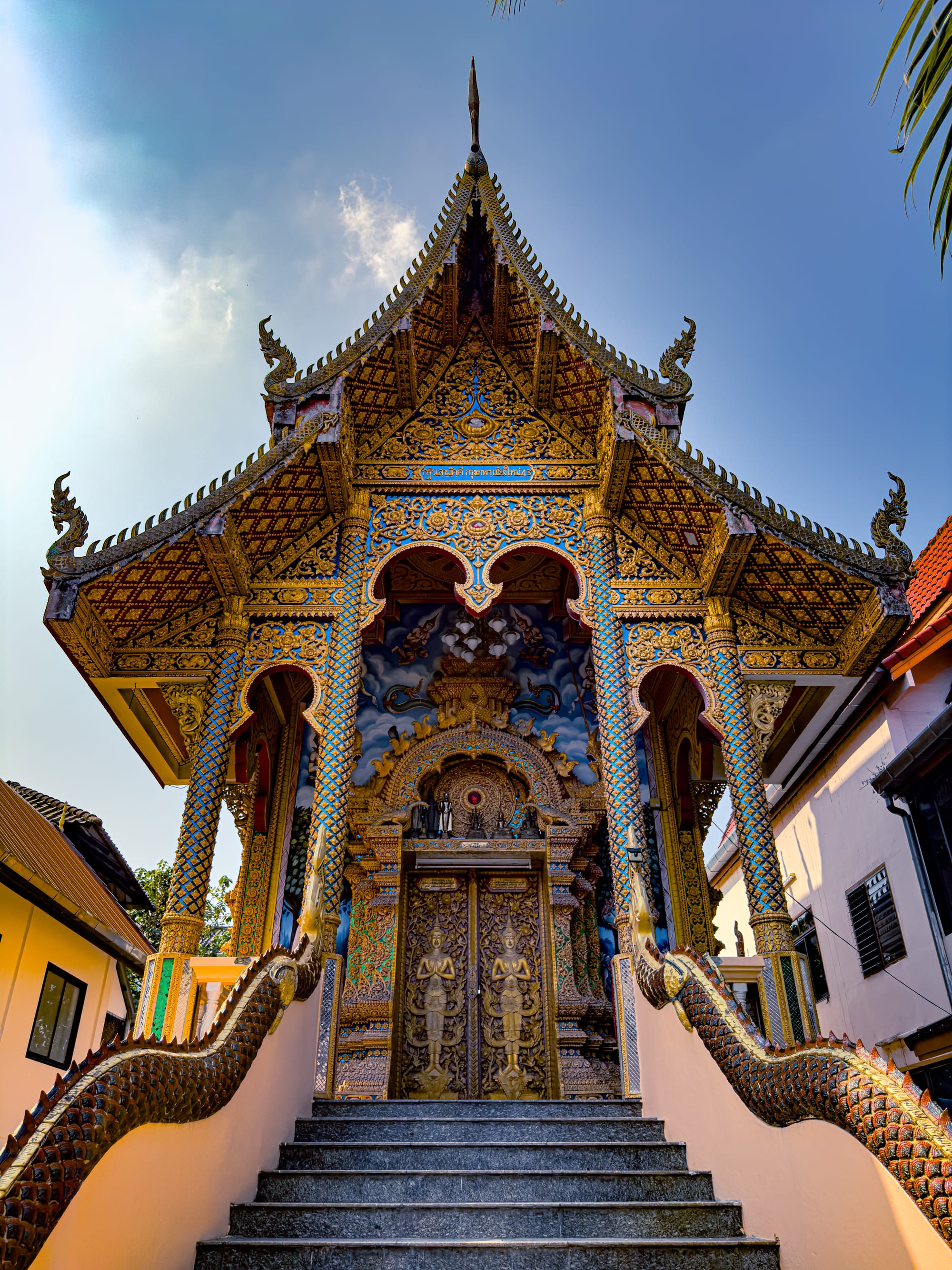
Intricate golden floral carvings and the ornate entrance of a Chiang Mai temple
Some temples are richly gilded, shimmering so brightly that they seem almost aflame under the sun. Others are more subdued, their weathered wood carvings telling stories of centuries gone by. What unites them is a sense of ornateness that never feels accidental—every motif, every carving, every splash of color has meaning.
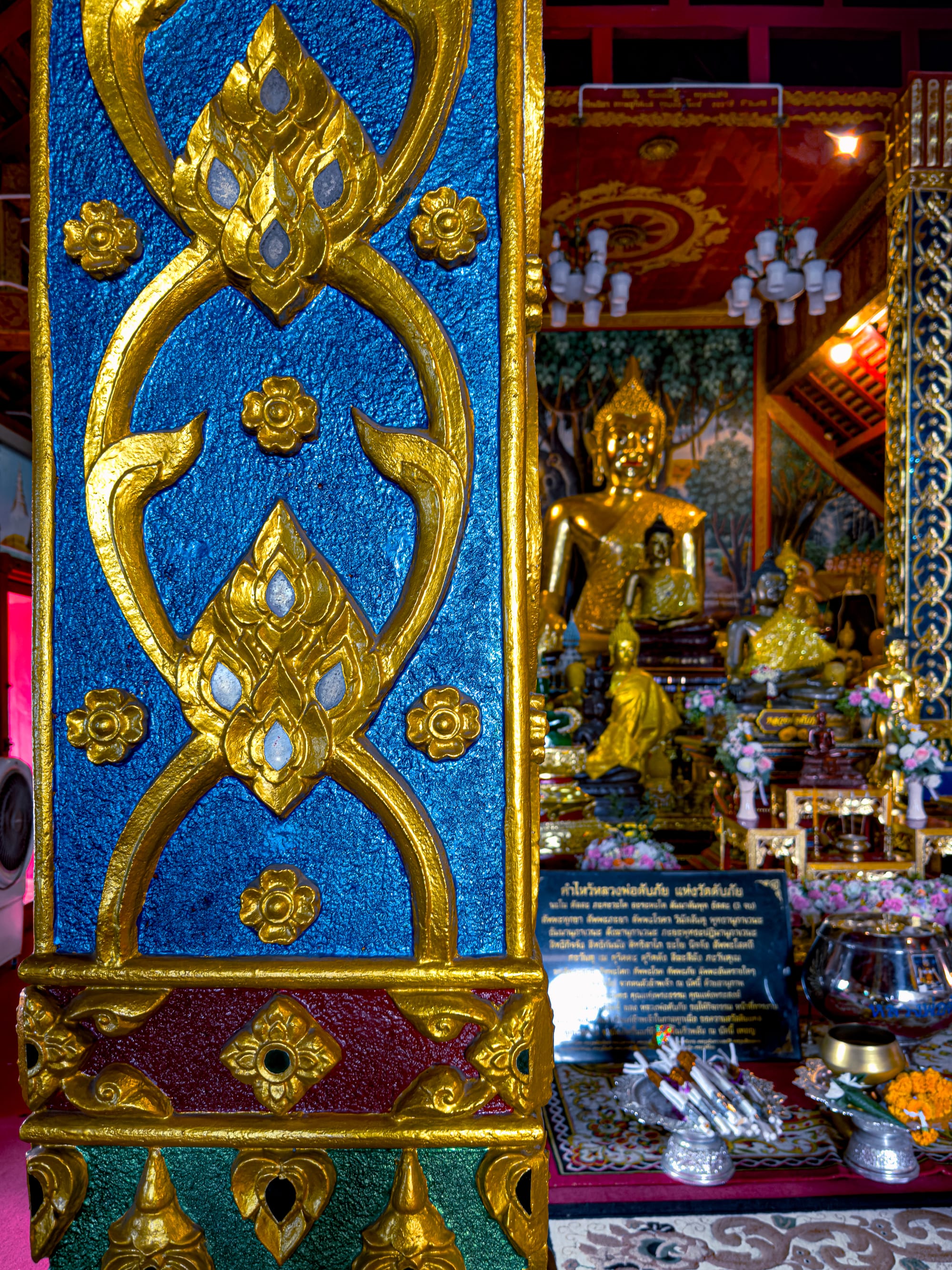
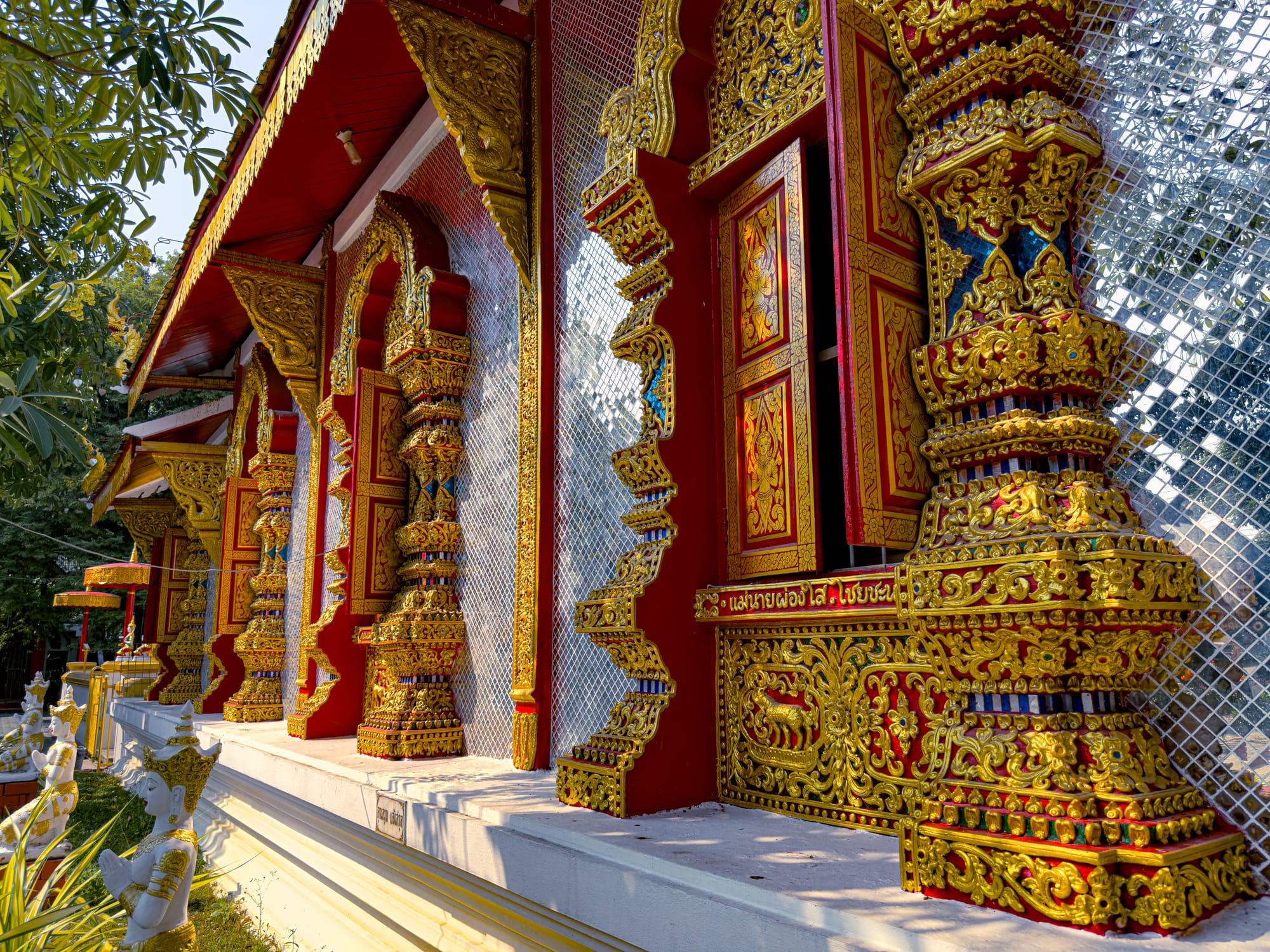
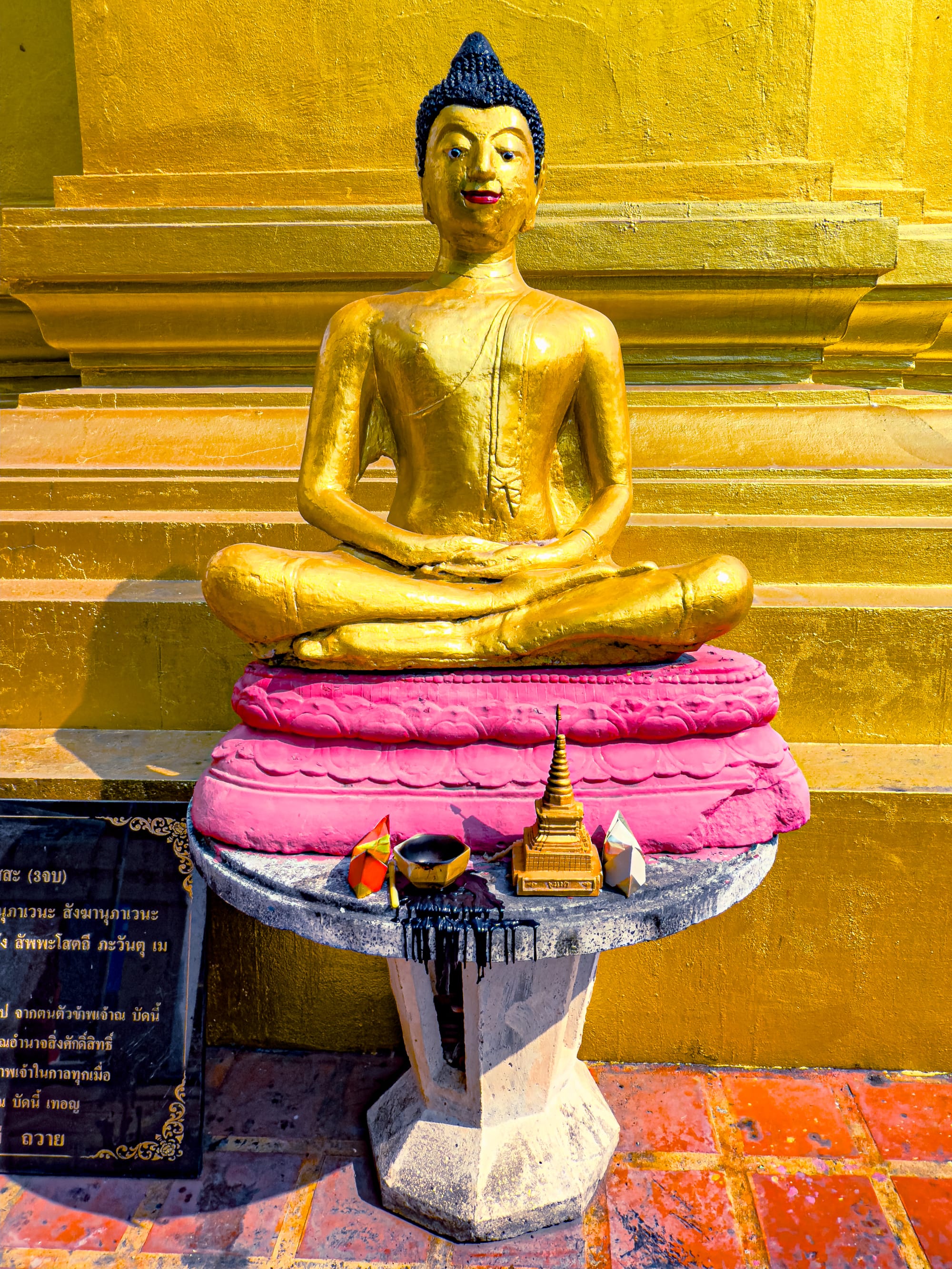
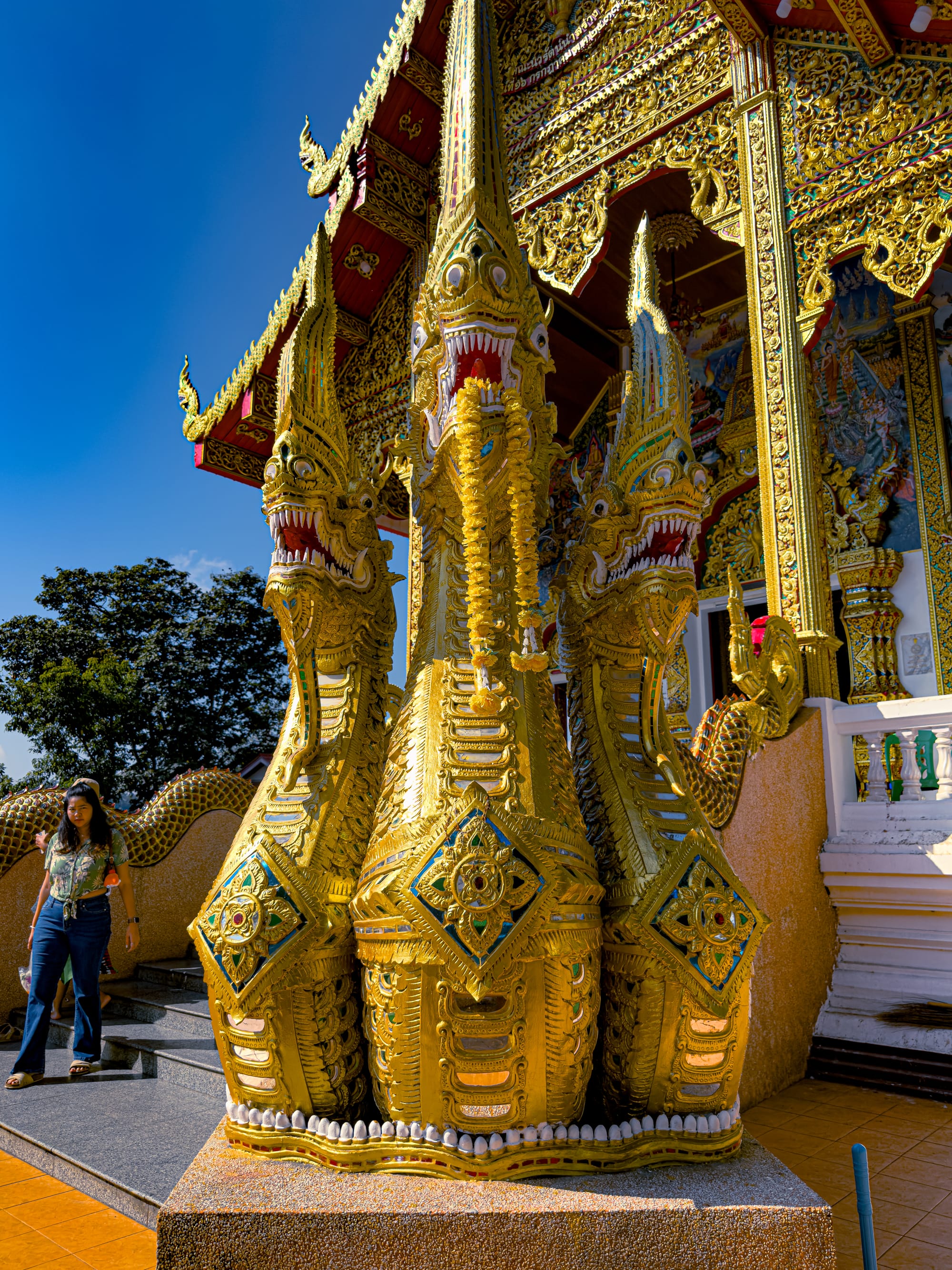
Golden Buddhas, jeweled pillars, and intricately decorated temple exteriors
Your senses are heightened as you walk through. Sunlight catches on mirrored mosaics, scattering tiny fragments of light across walls. The smell of old wood mingles with incense smoke drifting in the air. The ground beneath your feet alternates between cool stone, warm tiles, and pathways lined with carefully swept leaves. Chiang Mai’s temples are not meant only to be admired; they are meant to be felt.
Symbolism and sacred spaces
Behind the glittering façades and intricate designs lies a deep reservoir of symbolism. The giant Buddha statues you encounter—whether seated, reclining, or standing in blessing—are more than artistic creations. Each posture conveys a teaching: meditation, protection, enlightenment, compassion.
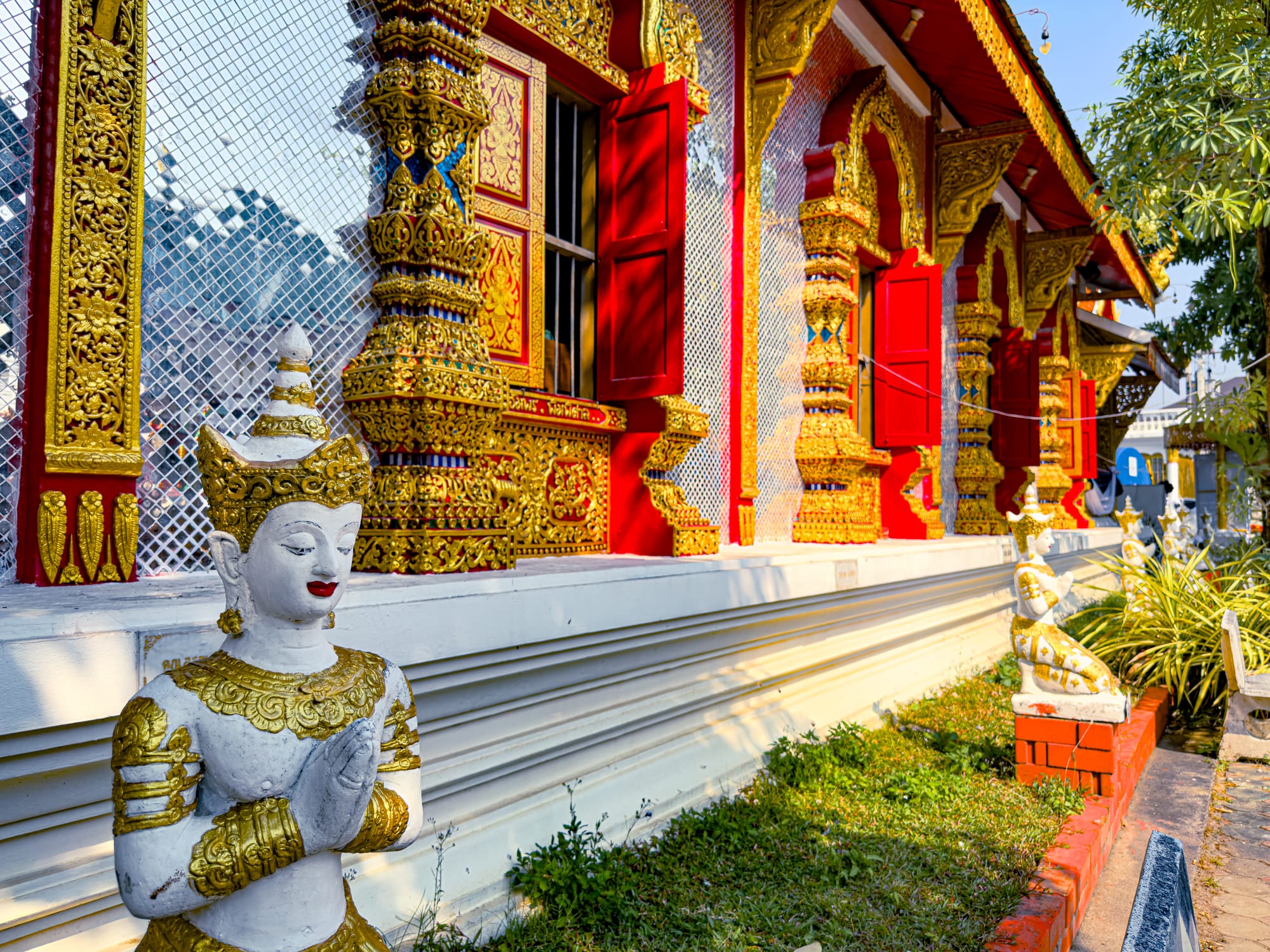
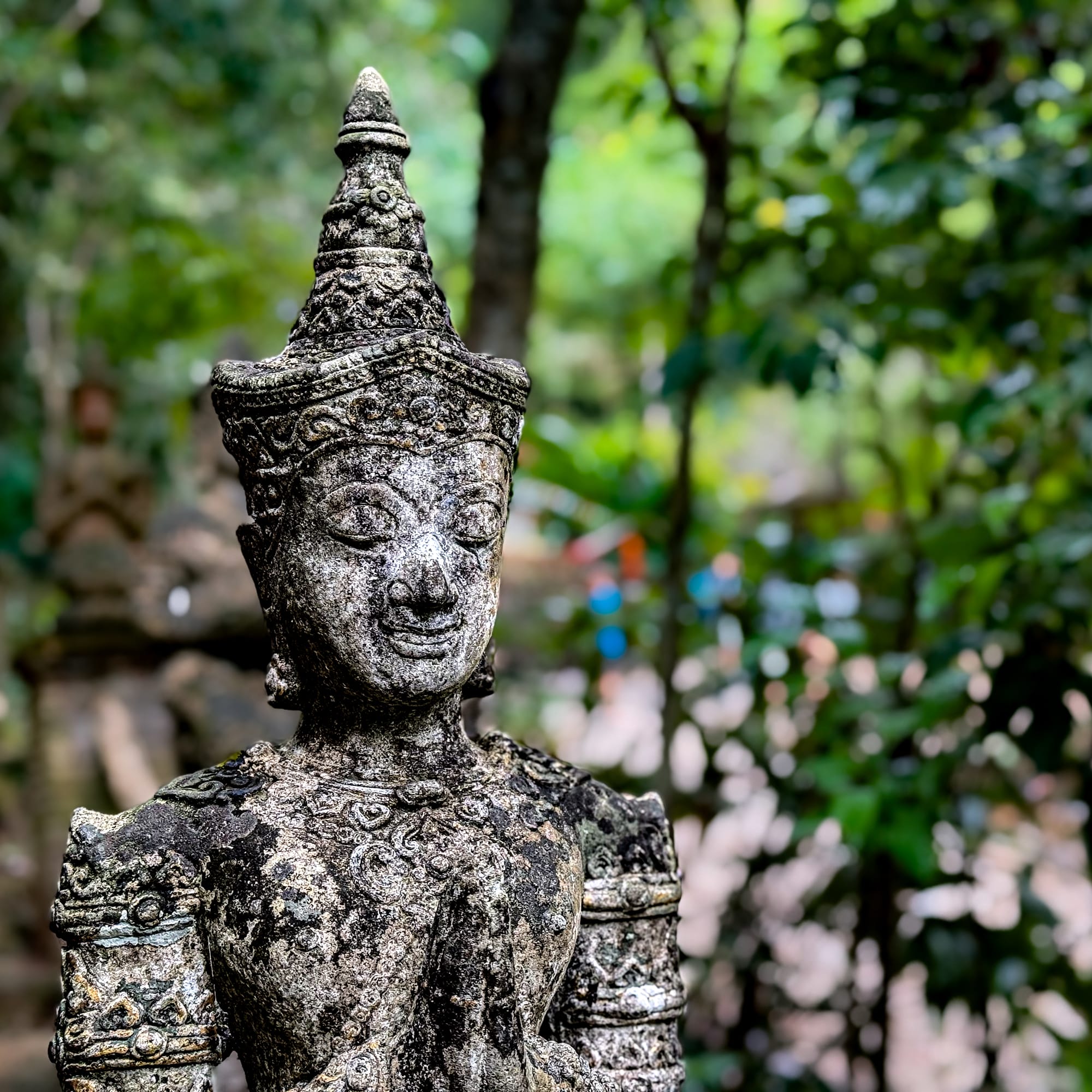
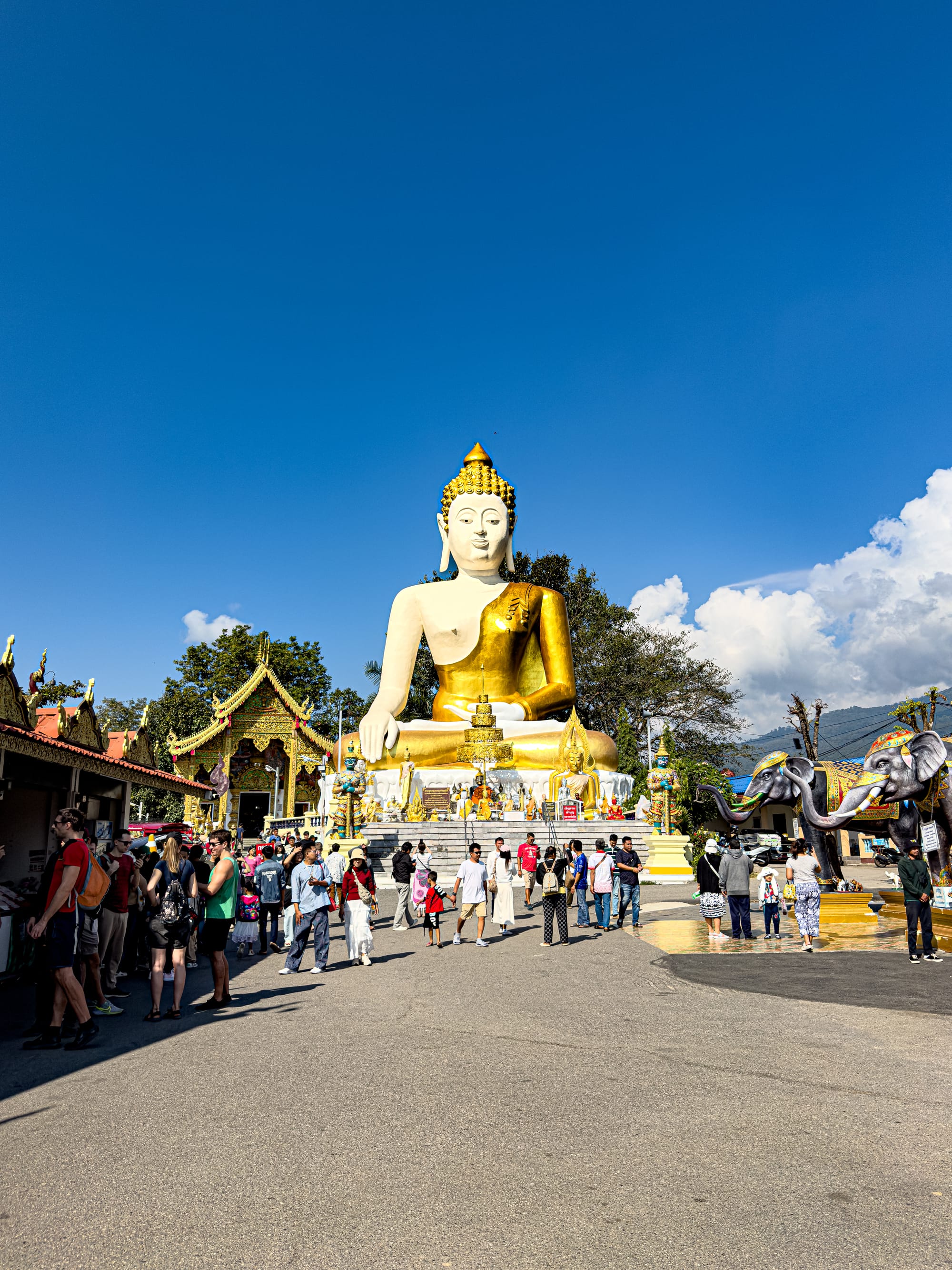
Buddha statues capture the spiritual and cultural richness of Chiang Mai’s temples
Guardian figures, often fierce-looking demons or yakshas, flank temple entrances, standing sentinel against negative forces. Naga serpents slither up staircases, symbolic protectors that bridge the earthly and spiritual worlds. Inside the main halls, murals tell stories from Buddhist scripture, their vivid colors illustrating lessons of morality, compassion, and impermanence.
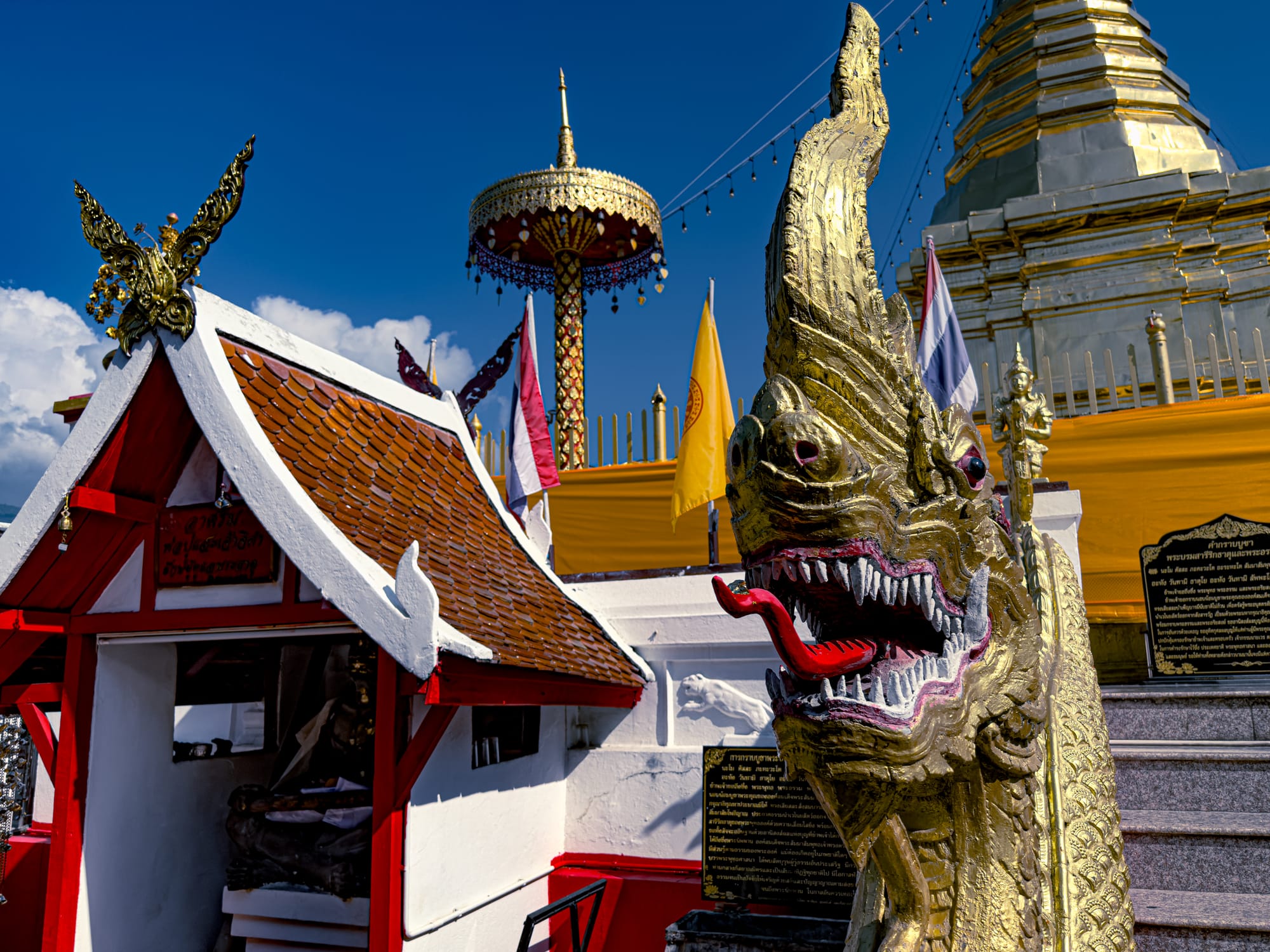
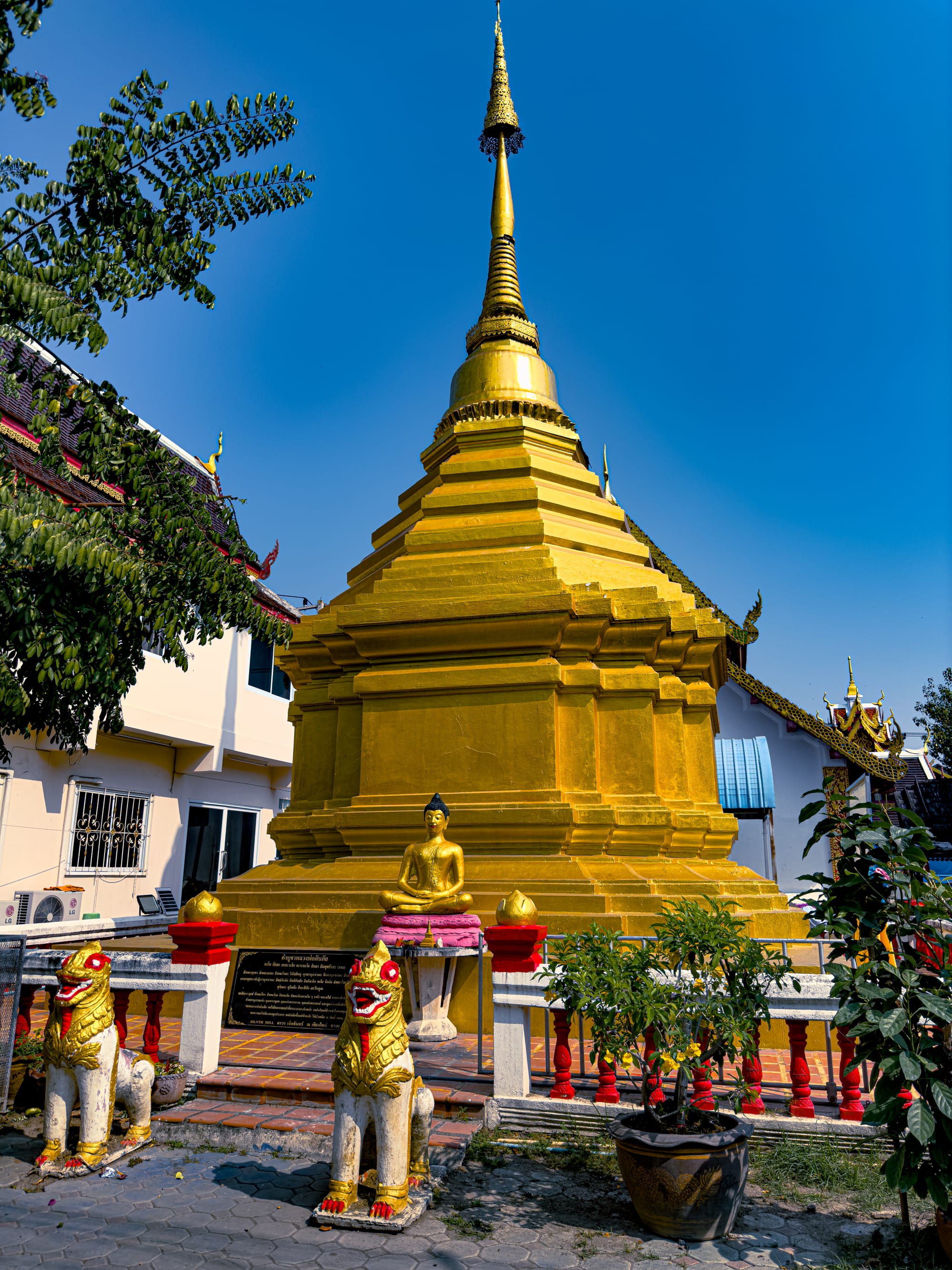
Golden stupas gleam under the Chiang Mai sun, guarded by fierce naga serpents and protective statues
Even the smallest details carry weight. The use of gold leaf, for example, symbolizes purity and the pursuit of enlightenment. The lotus flower motifs that appear again and again represent spiritual awakening, rising unstained from muddy waters. To the casual visitor, the designs might seem decorative; to the devout, they are daily reminders of the path toward Nirvana.
Religion in practice
What makes temples in Chiang Mai so special is not only their design, but the life that flows through them. These are not static museums—they are active centers of worship. At almost any time of day, you might see locals entering quietly with flowers or incense in hand, bowing three times before a Buddha statue, and murmuring prayers.
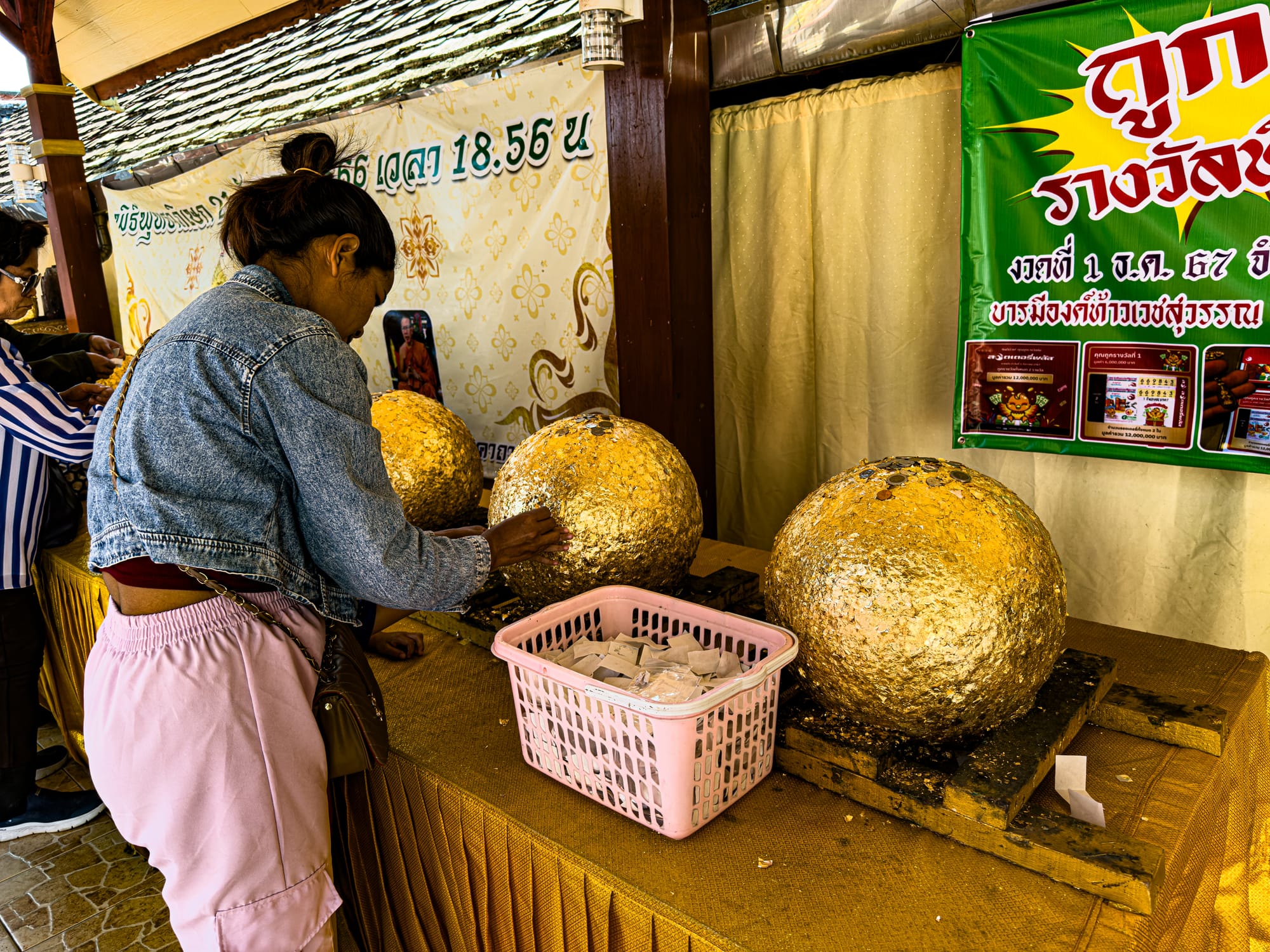
Gold-leaf offerings are pressed carefully onto sacred spheres, slowly building a shimmering surface from countless acts of devotion. The air is filled with the scent of incense, sometimes mixed with candle wax and fresh flowers left at shrines. Bells or gongs echo through courtyards, their sound rolling slowly outward, a reminder of impermanence.
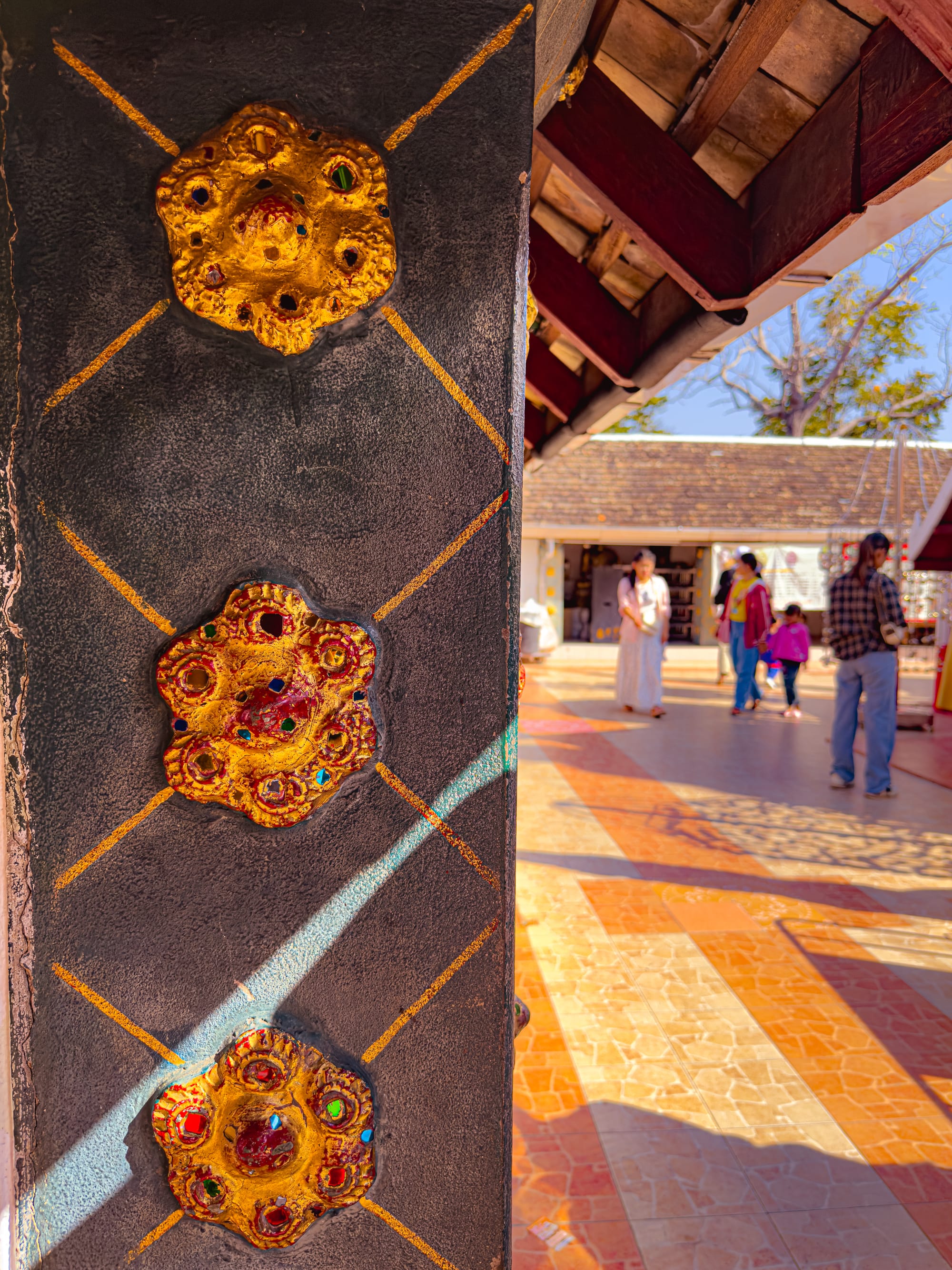
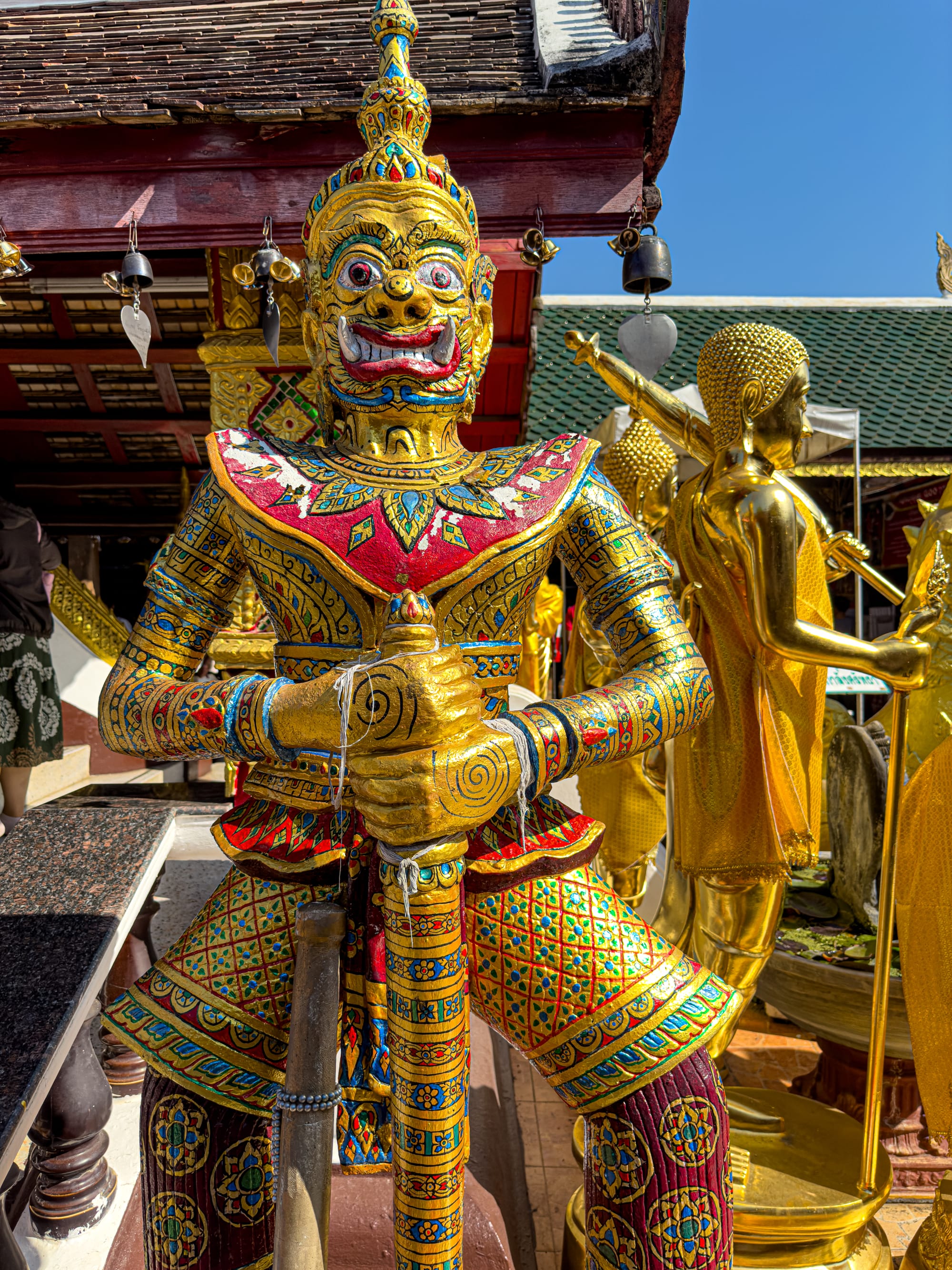
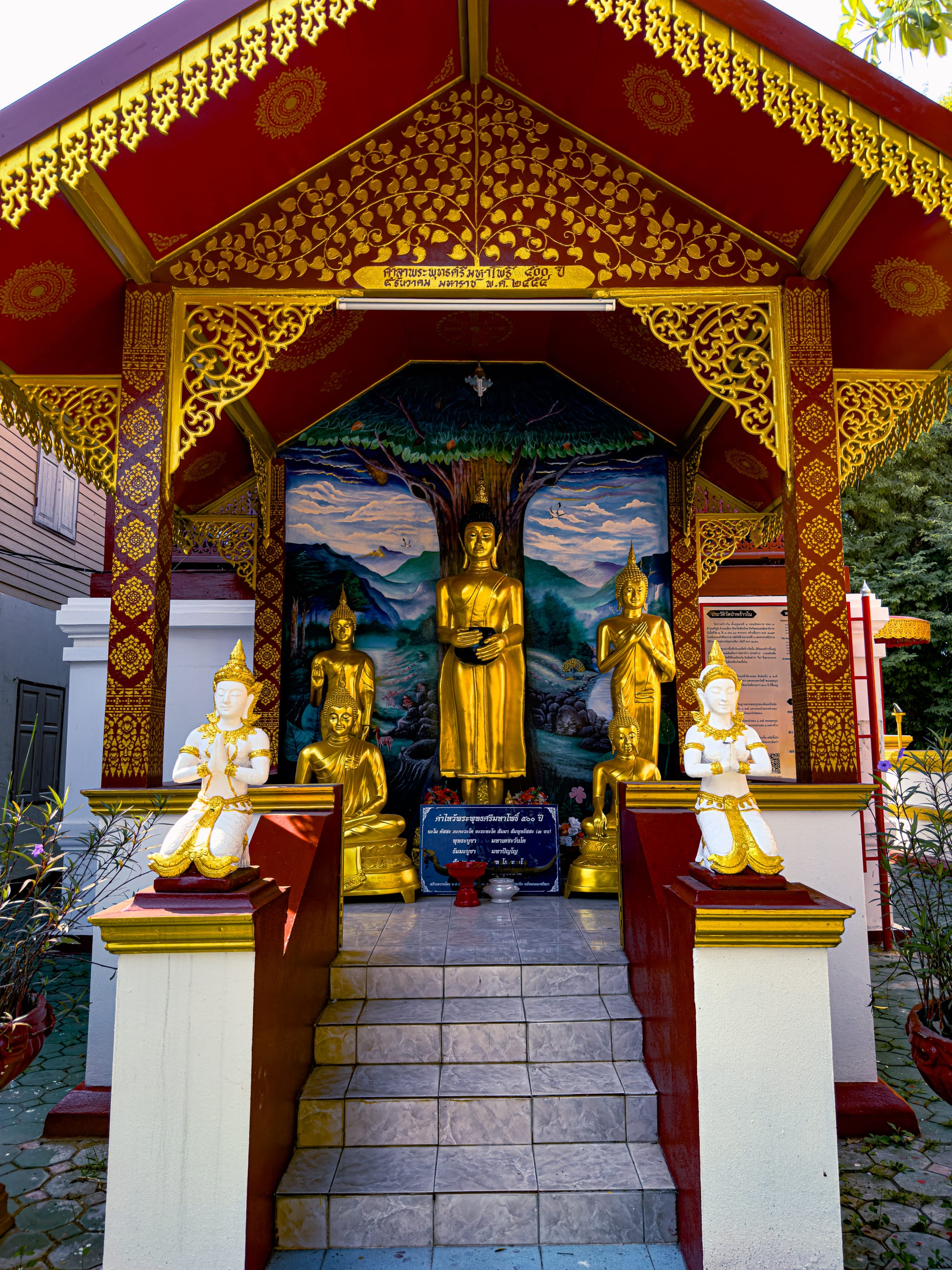
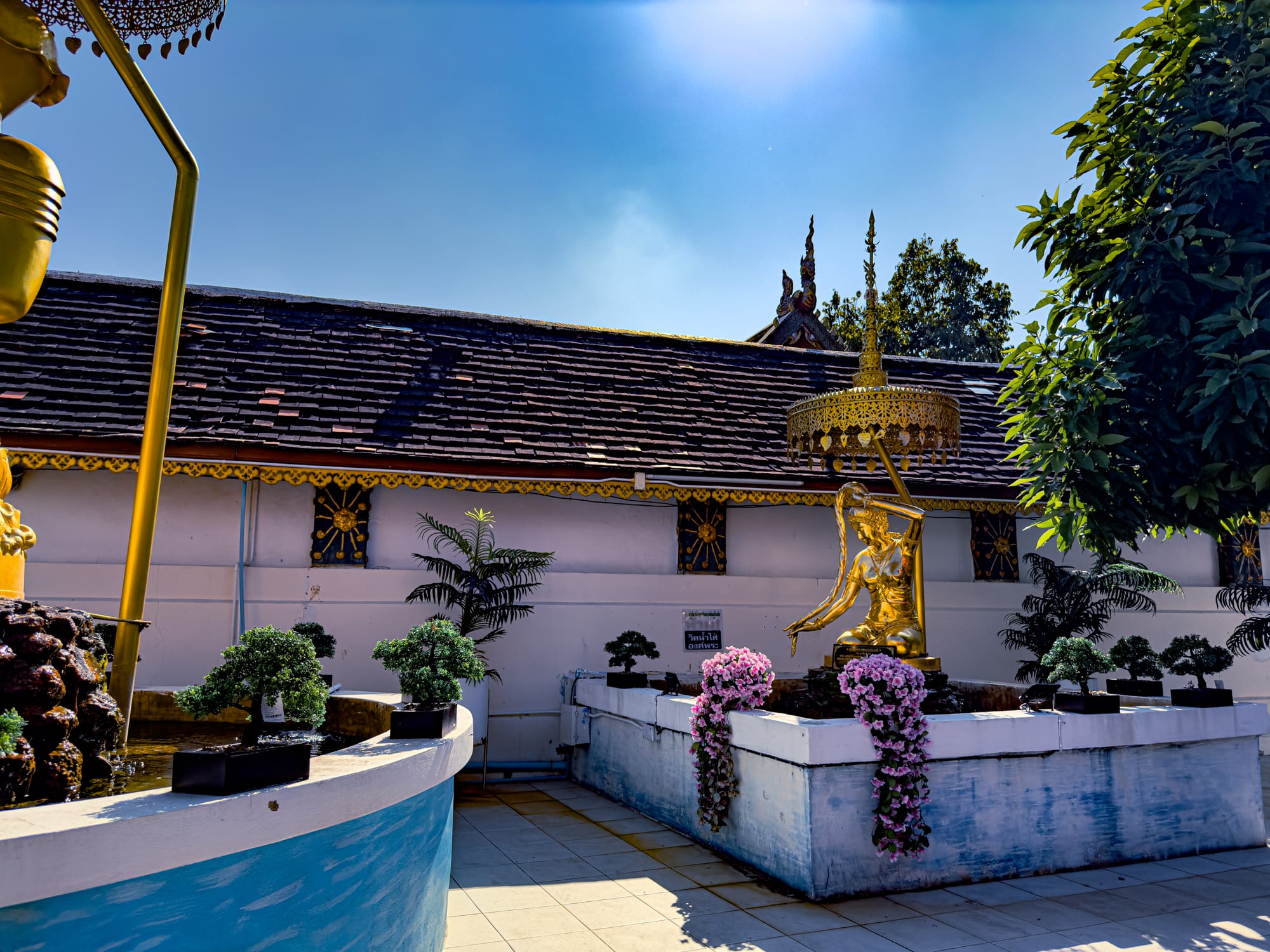
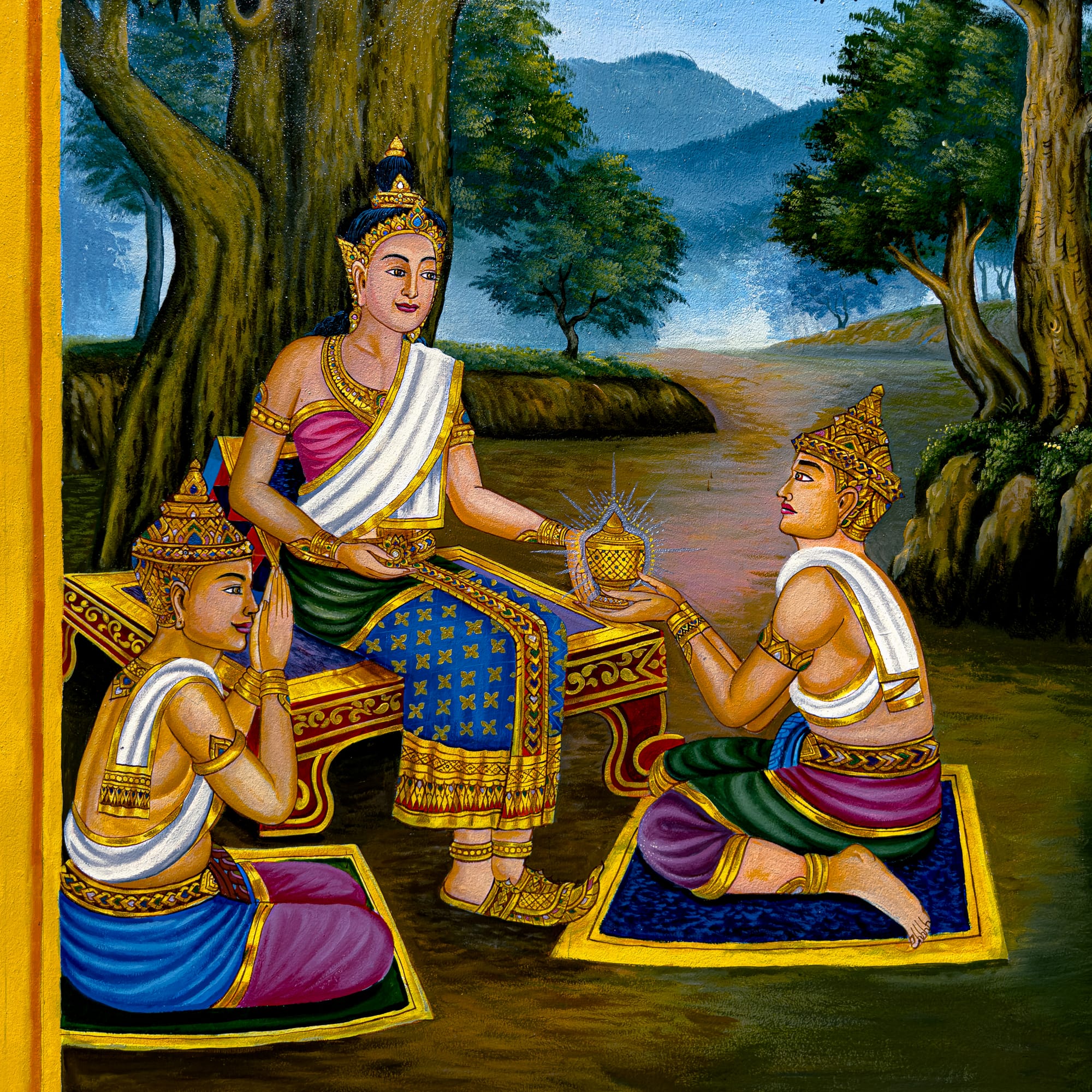
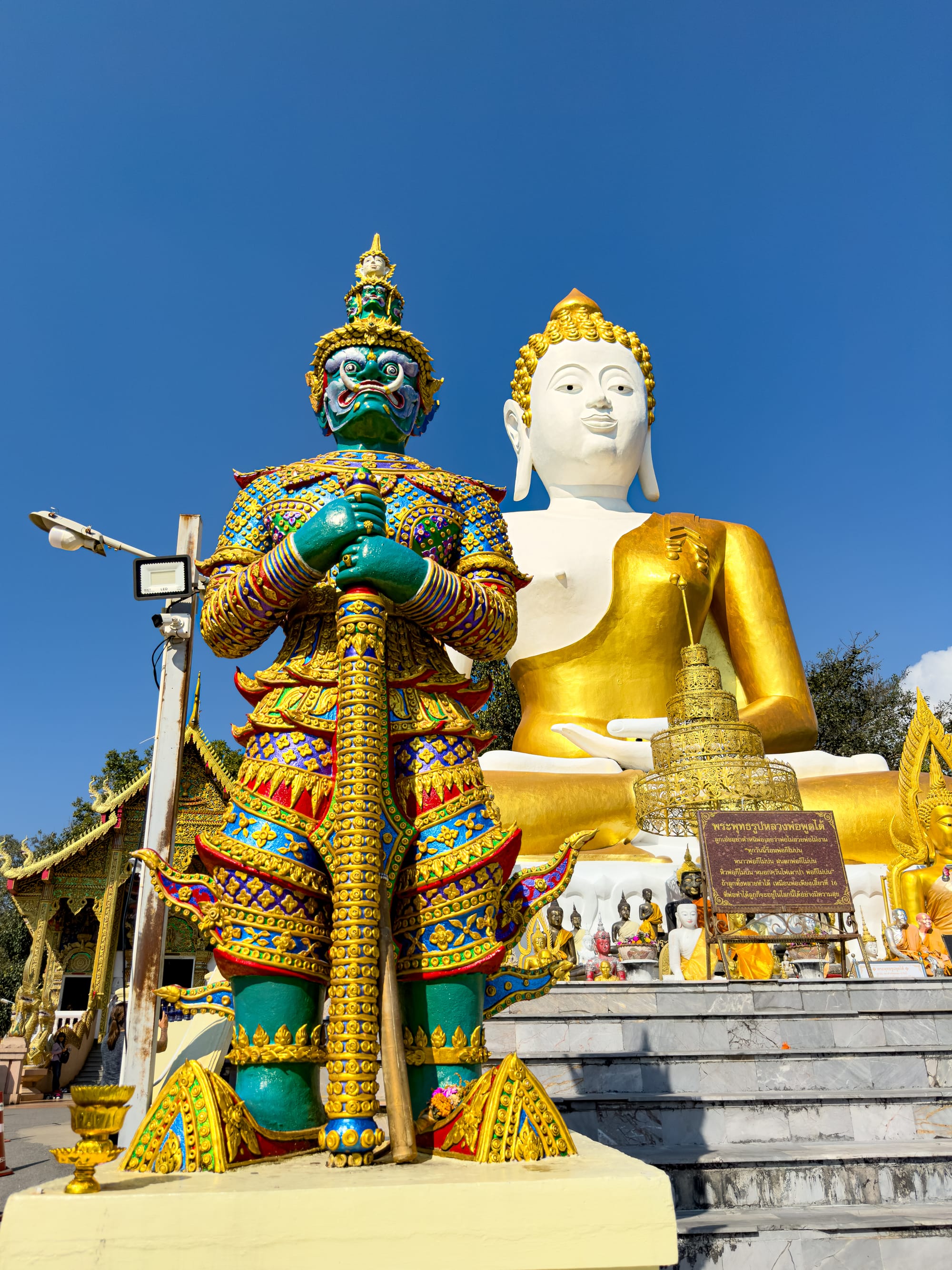
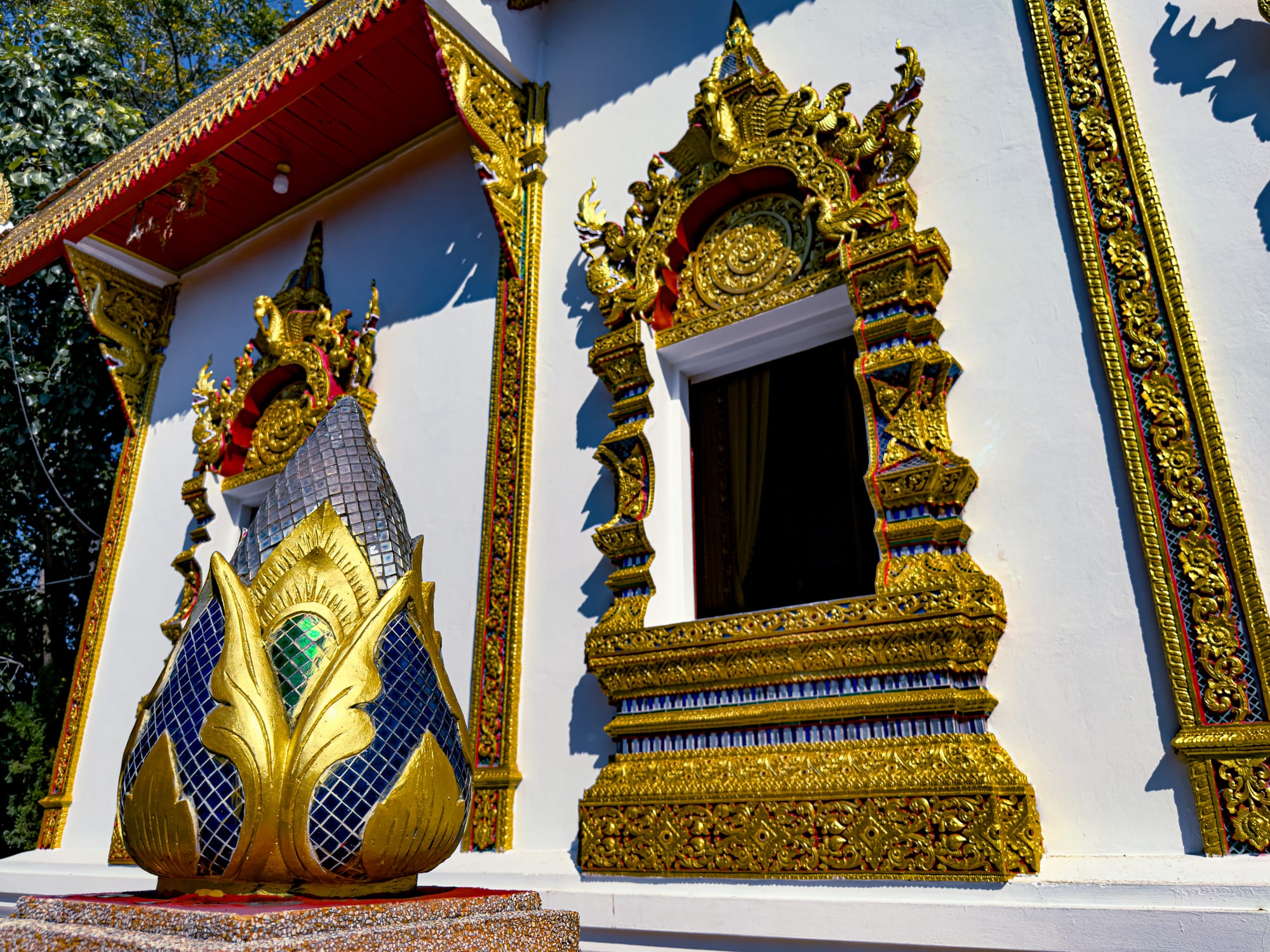
Scenes from Chiang Mai's temples
On certain days, entire families gather at temples to make merit, bringing food for monks or releasing birds and fish as acts of compassion. Tourists are often welcomed to witness or even take part, so long as they do so respectfully. The result is an atmosphere that feels deeply alive—reverent yet inclusive, sacred yet approachable.
The role of monks
Temples in Chiang Mai are inseparable from the lives of monks, who play central roles in maintaining spiritual traditions. Walk through a temple courtyard in the early morning and you may see saffron robes drying in the sun, fluttering gently like flags of devotion.
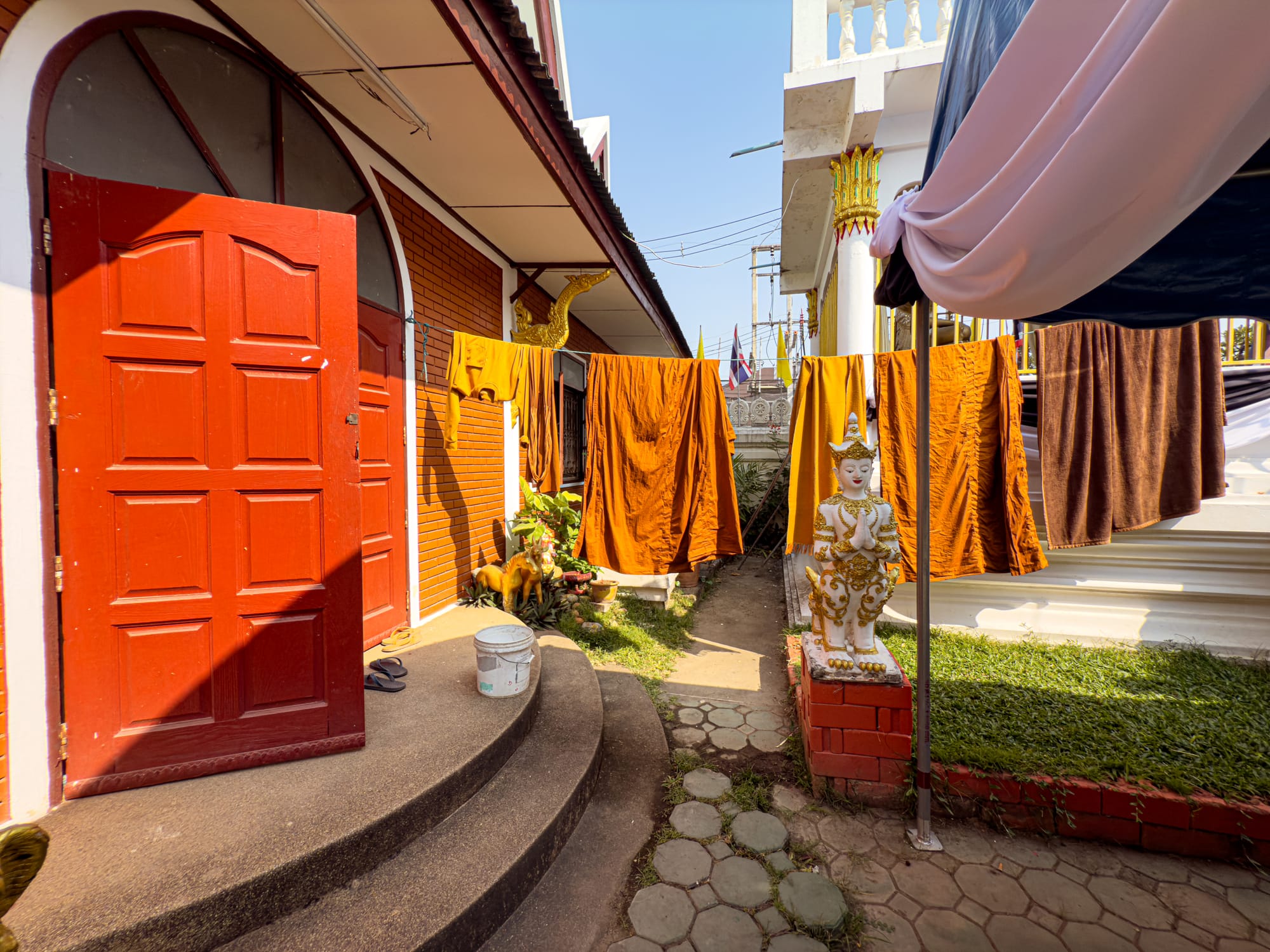
Monks can be seen moving between halls, sweeping courtyards, or seated in study. Many temples host morning and evening chanting sessions, where the rhythmic voices of monks rise and fall like waves. It is a sound at once grounding and transcendent, connecting listeners to centuries of unbroken tradition.
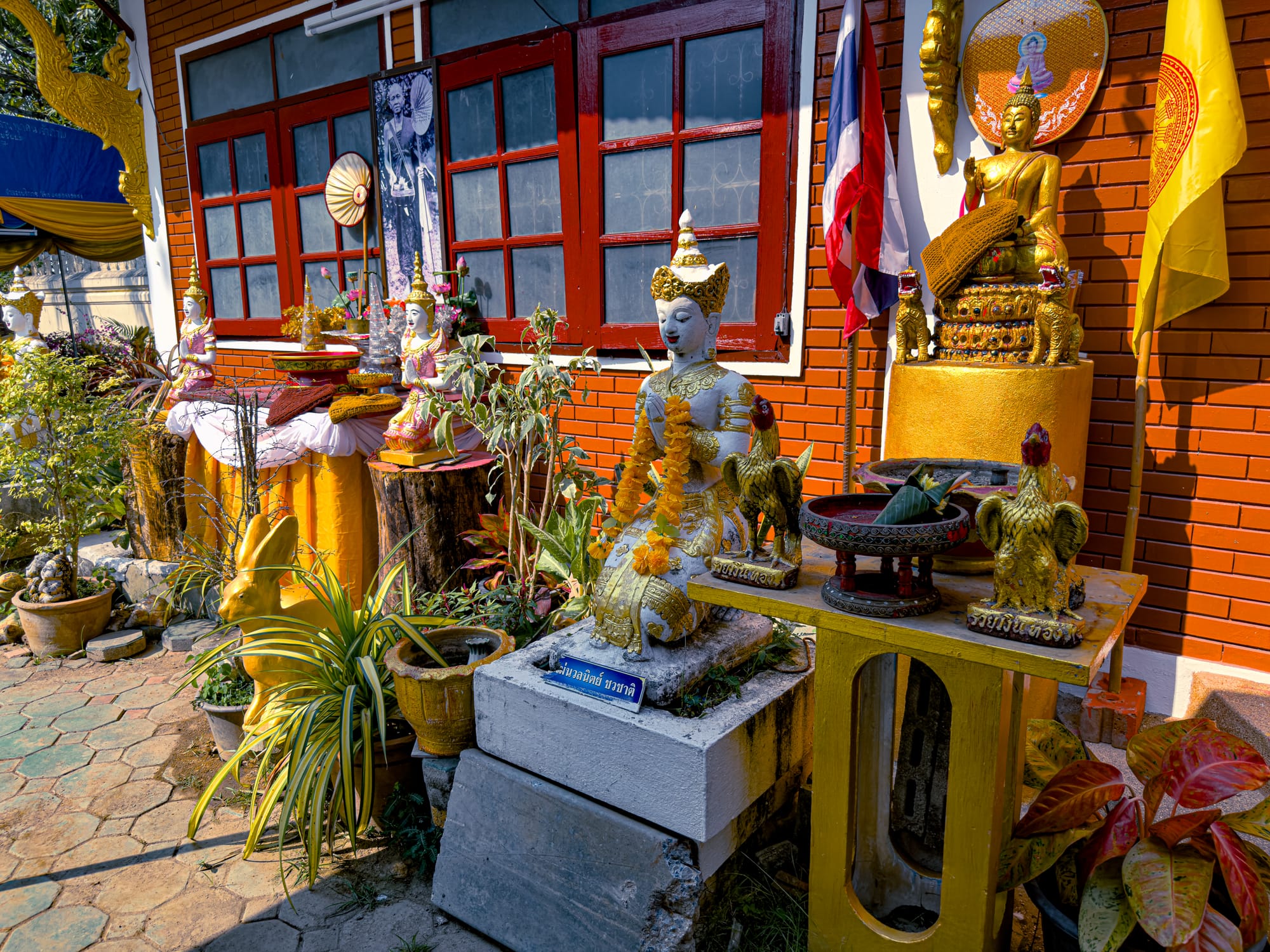
Beyond rituals, monks serve as teachers, guiding both laypeople and visitors in Buddhist practice. For locals, offering alms to monks in the morning is a way to cultivate merit and humility. For visitors, seeing this exchange is a reminder of how seamlessly spirituality is woven into the everyday life of Chiang Mai.
Festivals and rituals
Temples become even more alive during Buddhist festivals, when they transform into vibrant centers of celebration. During Yi Peng, the lantern festival, the sky above Chiang Mai fills with thousands of glowing lanterns, each carrying prayers and wishes upward. At the same time, temples overflow with light—candles flickering, incense burning, chants echoing late into the night.
On Visakha Bucha, one of the holiest days in Buddhism, processions wind around temple grounds as devotees carry candles, flowers, and incense in a meditative clockwise walk. The air is heavy with devotion and illuminated by a sea of golden light.
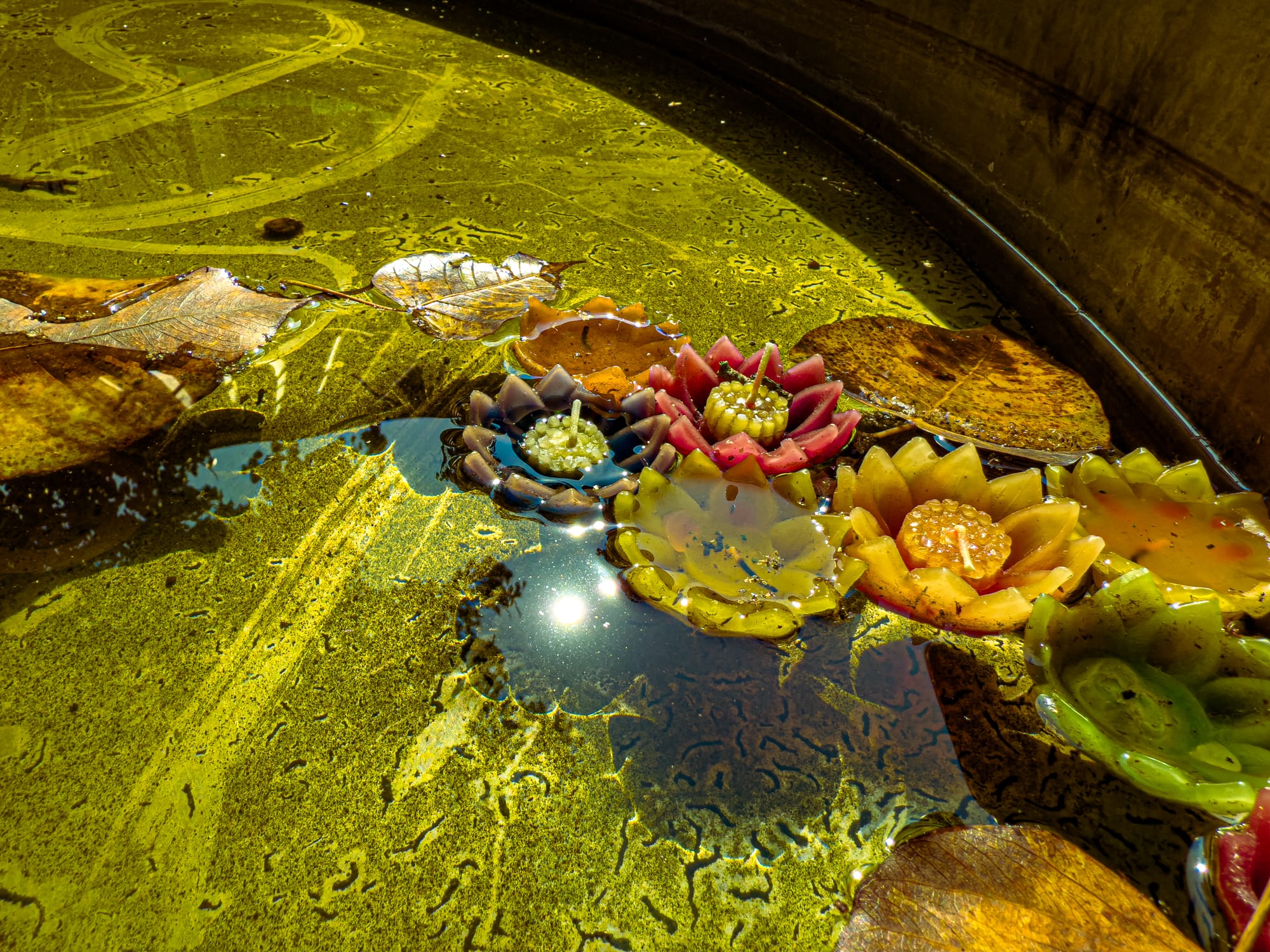
Even outside of major festivals, smaller rituals give temples a sense of continuity. Monks strike great gongs that reverberate through the air. Visitors pour oil into lamps as offerings. Tiny candles float in water bowls, their flames trembling yet enduring. These rituals remind you that temples are not relics of the past—they are active, evolving spaces where spirituality is lived daily.
Finding peace within the ornateness
For all their grandeur, what lingers most after visiting Chiang Mai’s temples is not sensory overwhelm, but serenity. Step inside a main hall, and the bustling world outside seems to disappear. The air is cooler, softer. Light filters in gently, illuminating Buddha statues with a warm, steady glow.
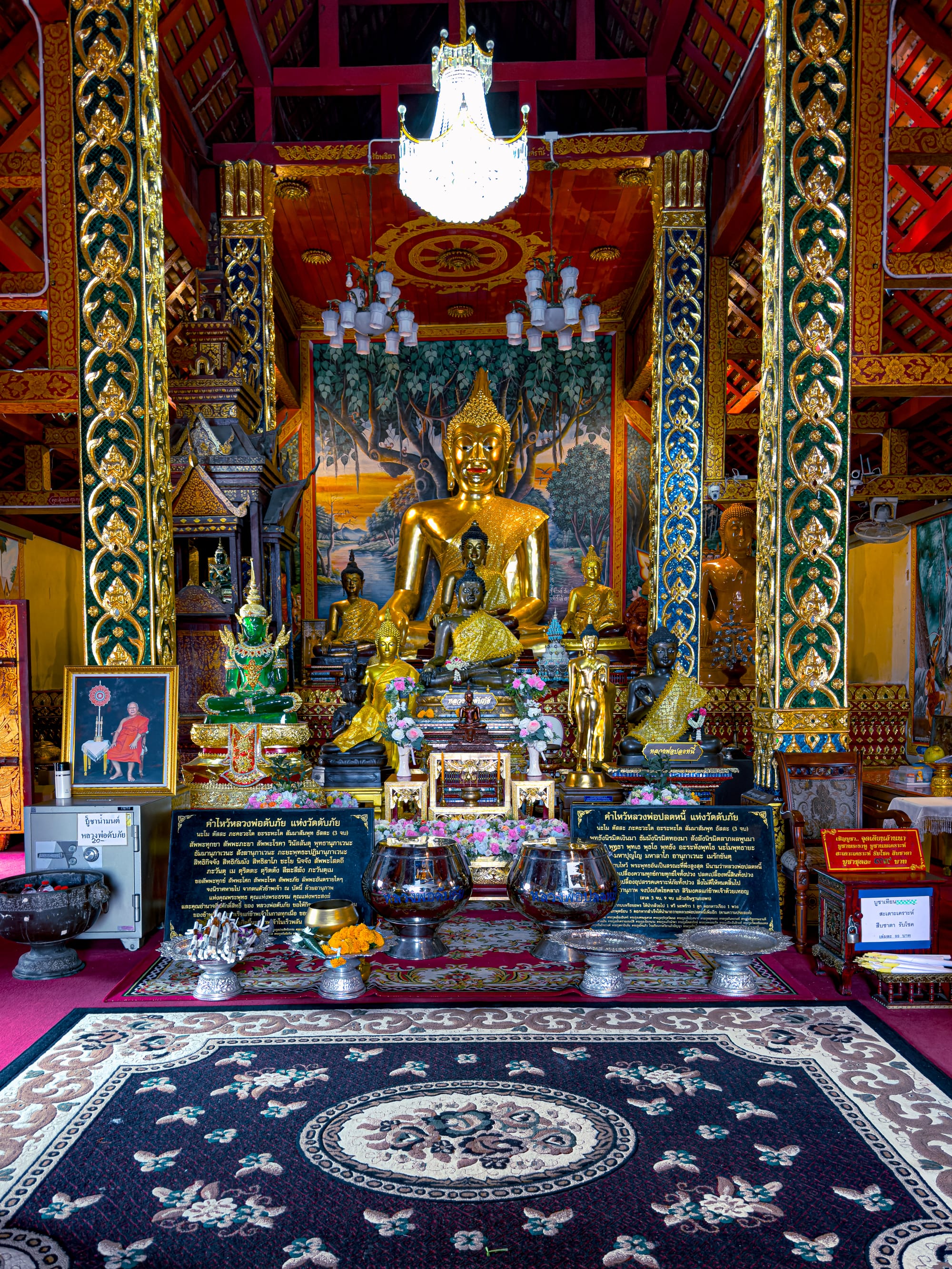
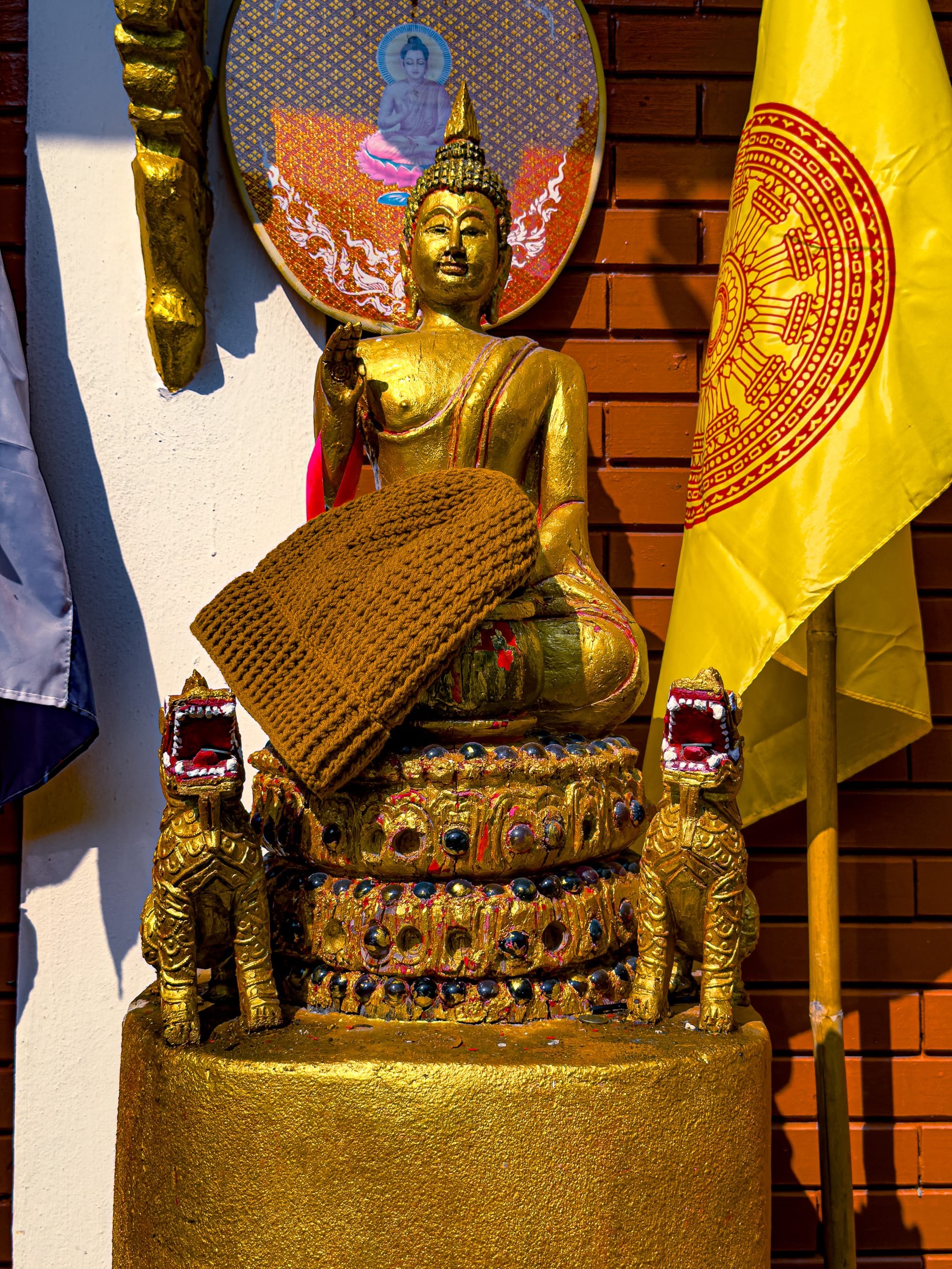
Inside Chiang Mai’s temples, gilded Buddha statues are surrounded by offerings and intricate details
You may sit quietly on the floor, the only sounds the faint chanting of monks in the distance and the rustling of leaves outside. Even with walls covered in gold and paintings, temples manage to create spaces of deep stillness. The richness of design does not distract; instead, it encourages contemplation, reminding visitors that beauty can coexist with peace.
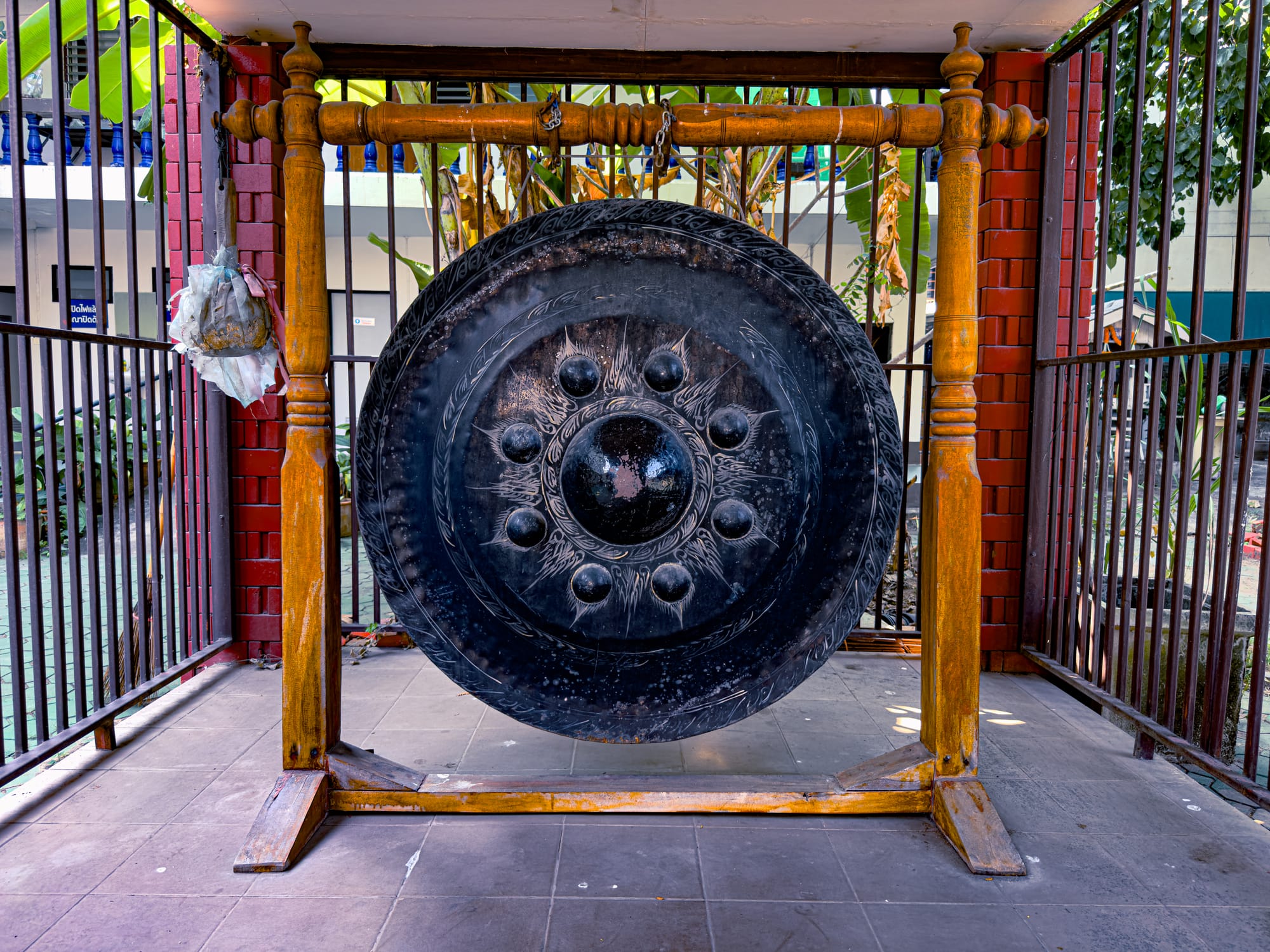
For many travelers, temple visits become moments of unexpected reflection. Whether or not one follows Buddhist practice, the invitation to pause, breathe, and simply be is universal. In a city where life hums at a steady pace, temples offer sanctuaries of calm.
The spiritual heartbeat of Chiang Mai
To explore the temples of Chiang Mai is to step into the city’s soul. They are places of devotion, artistry, community, and continuity. They stand as testaments to Lanna heritage, but also as living spaces where faith and culture are renewed every day.
For the traveler, they offer more than just photo opportunities. They offer entry into a slower rhythm of life—one marked by prayer, ritual, and reflection. Walk among them, and you will see not only gilded stupas and intricate murals, but also the quiet gestures of faith: an elderly woman bowing three times, a monk smiling gently at a child, a candle flickering in the breeze.
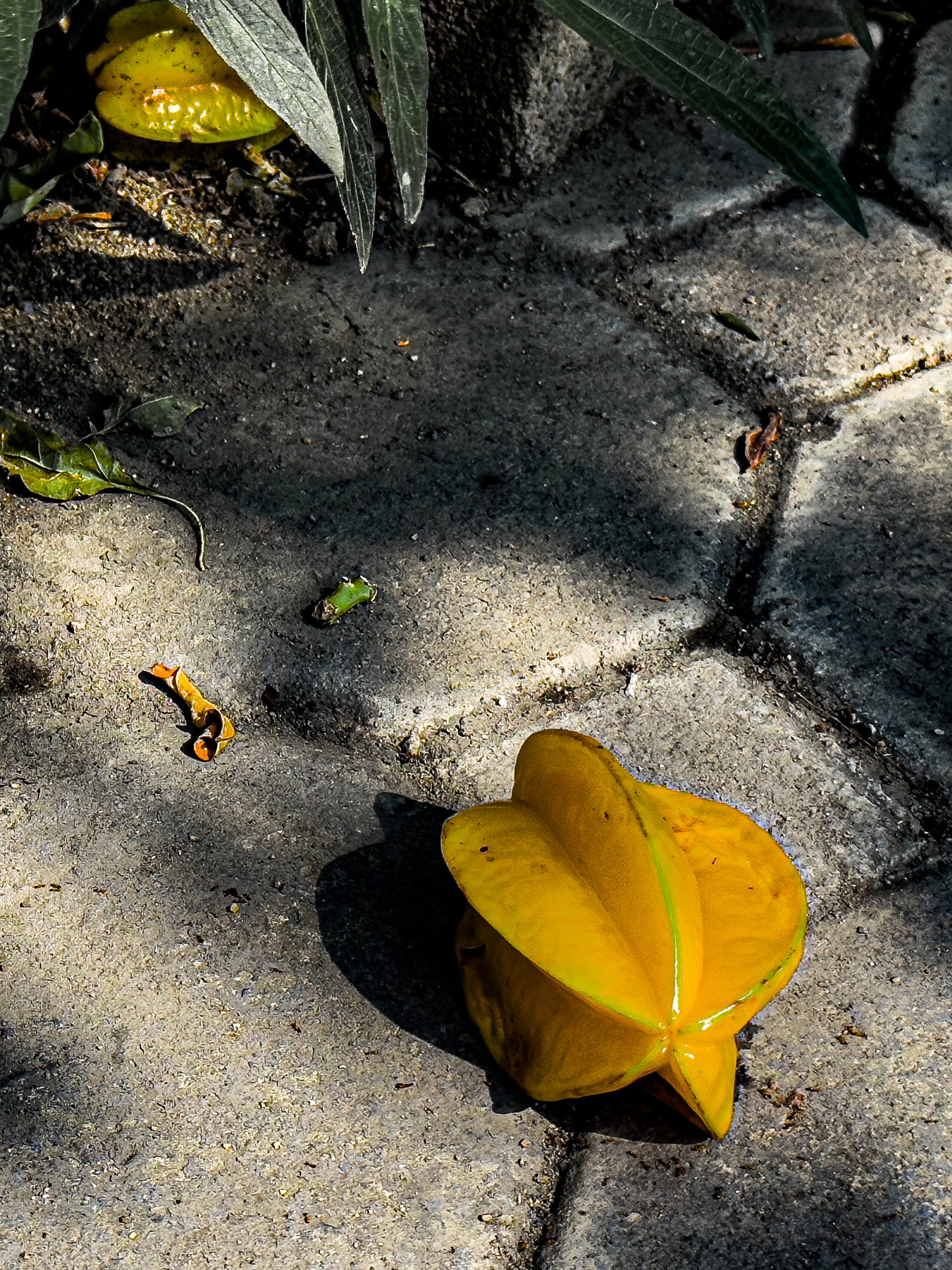
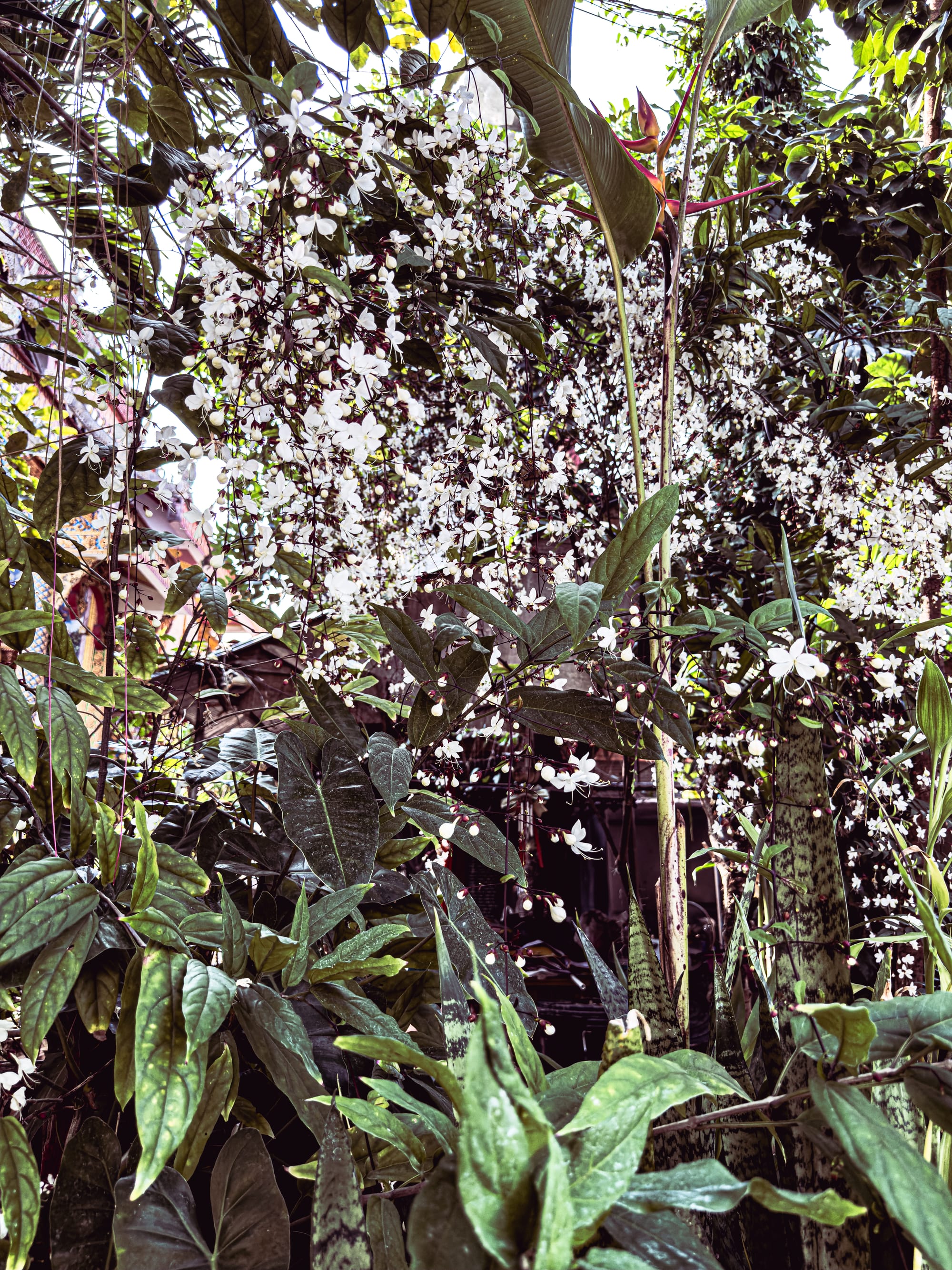
Small natural details bring quiet beauty to the temple grounds
Chiang Mai is many things—a modern city, a hub for travelers, a gateway to Northern Thailand’s mountains—but at its core, it is still defined by its temples.
Our personal favorite temple is Wat Pha Lat, which is accessible via the Monk's Trail.
To see five historic temples in Chiang Mai's Old City, we recommend this guided tour.






